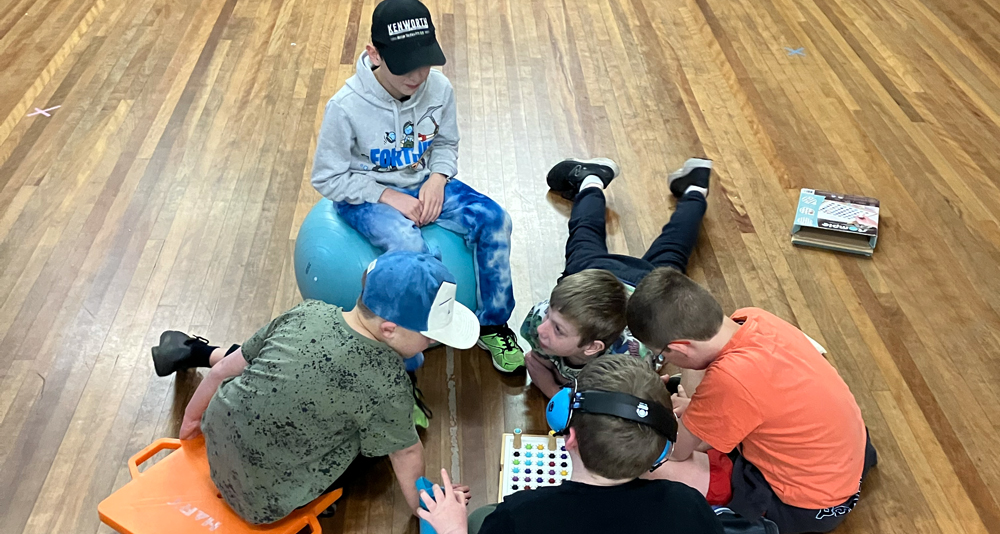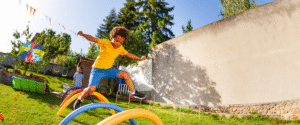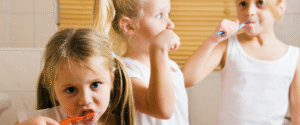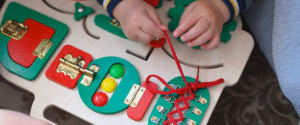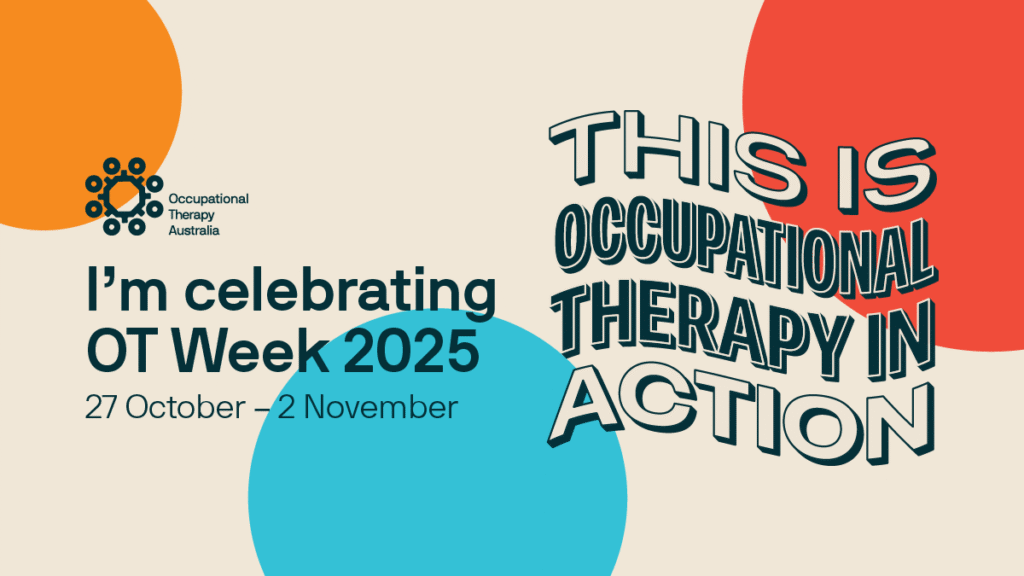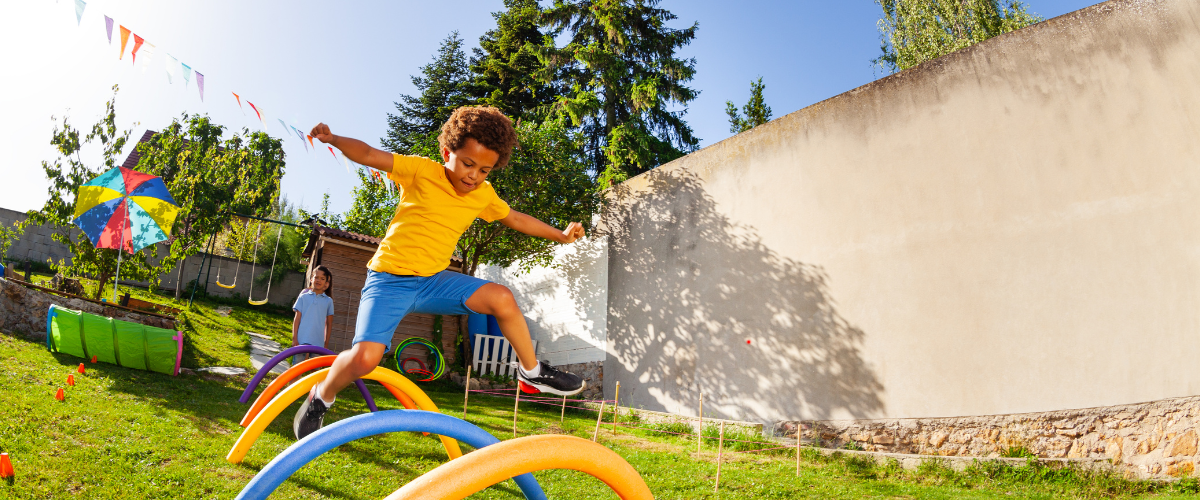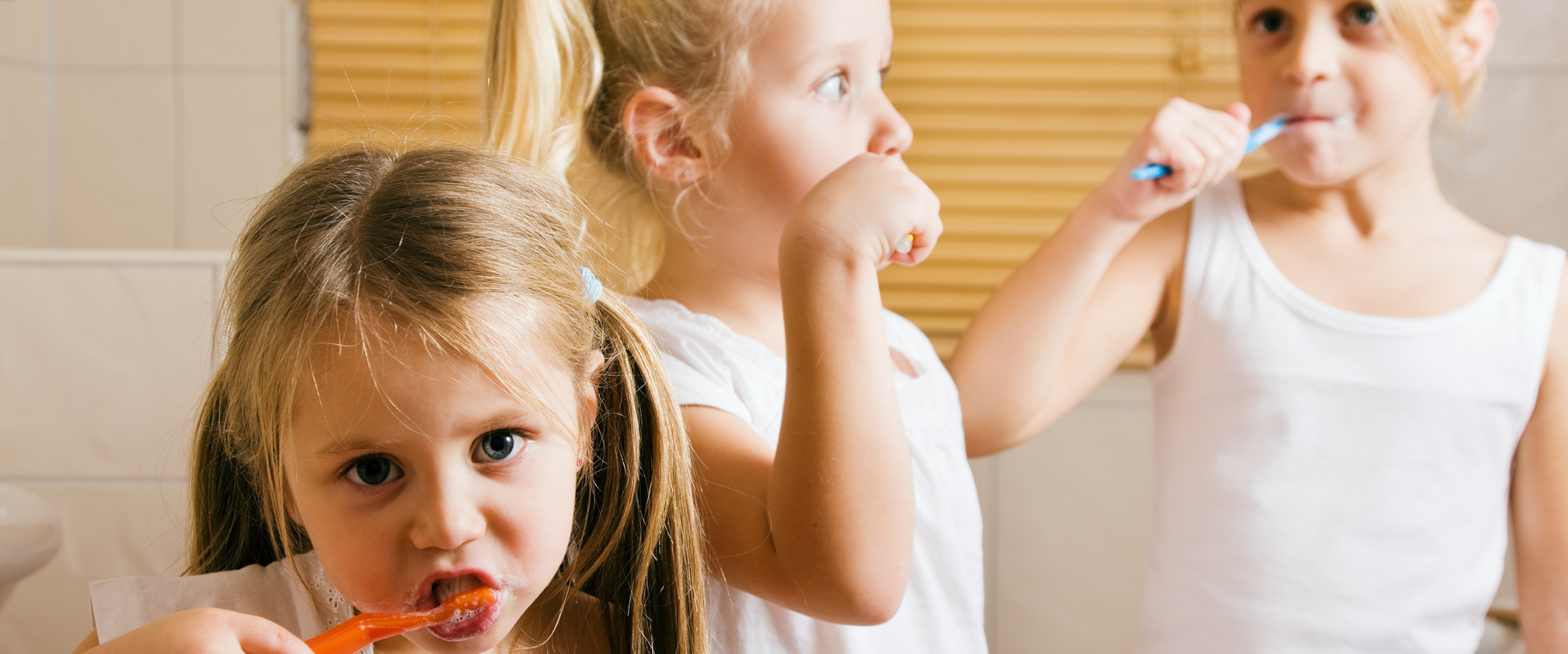
SCHOOL READINESS: TRANSITIONING TO KINDERGARTEN
As term four starts, we see lots of our younger clients completing some kindergarten transition sessions or programs to help familiarise them to feel confident with the big step of starting school the next year. Transitioning into the primary school setting can be a tricky time for lots of children. It is a very exciting period, filled with new friends, new teachers and new activities. But it can also be a stressful time, as there is a lot of change in our routines, structures and expectations within every day.
What is School Readiness?
School readiness refers to the foundational skills that support a child’s body, mind and wellbeing as they transition into the primary school environment. School readiness skills are about more than just reading, writing and maths; they also incorporate the emotional, social and sensory skill development of each child in ensuring success for them to thrive.
What are the main skills that parents, teachers and the child, need to feel confident in doing for a successful, happy and enjoyable day at school?
- Can they manage their school uniform? Are they able to undo buttons, zips, shoe Velcro or laces so that they can go to the bathroom or put their shoes on and off to go in the sandpit?
- Have they practiced going to a toilet in a public space? This includes closing and locking the door, unlocking and opening the door. If you have boys, do they know what a urinal trough is and how to use this if the school still has a urinal trough?
- Can they open snack containers, water bottles, lunch boxes or bags so that they can access their food and drink with minimal help?
- Do they know how to, or have they had exposure to holding a pencil, using scissors or a glue stick?
- Can they recognise their own name when it is written even if they do not know the letters or how to write their name?
These key areas along with others such as some foundational social skills like turn taking, cooperation, simple problem solving, as well as gross motor skills including running, kicking a ball and balancing on one leg, are all things that our kindergartener’s will need to support a successful transition to school.
So how can you help support your child in their transition to school?
Make sure you talk with the school and teachers about how transition to school sessions have gone. Ask about the bathroom facilities so you can provide an opportunity to educate your child in how to use them, avoiding scary or daunting situations for them during those first few days and weeks, or ask to check them out if you’re still unsure.
What are some activities you can do at home?
- Encourage your child to open their own snacks and containers.
- Encourage your child to start drinking out of a water bottle.
- Encourage your child to be responsible for their own items, packing them, and then packing them away.
- Follow a morning and evening routine to support your child’s ability to understand and follow structures. This can be supported by the use of a visual schedule of ordered pictures of each step that needs to be performed.
- Support transitions within the home with the use of a visual and/or auditory timer to mimic the bell system used within schools and support your child’s understanding of time, space and transitions.
- Practice with your child getting dressed and undressed with their school uniform once you have purchased it.
- Practice and role-play the drop-off and pick-up routine ahead of time. Also discuss and role-play changes in routine and unexpected events i.e., somebody else picking them up.
- Engage your child in arts and craft activities at home. Use pencils, crayons, paints, string and beads, scissors and glue to create masterpieces together.
- Encourage your child to participate in colouring in activities, tic-tac, toe, mazes, colouring in, dot to dots, etc.
- Engage your child in card and board games that will teach them turn taking, sharing, and problem solving skills.
- Play and create obstacle courses within the home to practice your child’s movement and gross motor skills. Include jumping, balancing and hopping.
- Teach and expose your child to common group games such as tips, hide and seek, bullrush etc.
- Facilitate safe social encounters with similar aged children for your child to practice play and social skills with.
- Support your child to identify their emotions and explore and practice different ways to calm their body when in a heightened state of arousal. For example, practice deep breathing, drinking cold water, movement breaks or other tricks that work for them as an individual.
Check out Explore & Soar’s School Readiness Handbook for your child as a guide and reference to help you with an array of ideas for the coming months.
How can Explore & Soar help?
Explore & Soar can offer an OT assessment to determine your child’s current skill level, provide parent education and interventions strategies such as one on one sessions, home programming with an array of individualised strategies to build confidence or small group program intervention sessions mimicking school activities and peer interactions.
Our small Group Programs offer opportunities for children heading off to school to attend our Big School STARs small group program. This five day group program is designed specifically for kids heading to kindergarten and provides another opportunity for your child to practice transitions, activities such as sitting on the mat and craft, interacting with different peers while supported by our wonderful OT’s. If you are interested in your child attending this program, please see our News page for more information, fill in our online booking form or if you have more questions, please call us on 0477 708 217. We would love to have your child in our group!
If you’d like to chat more, please don’t hesitate to contact us today! Call us on 0477 708 217 or email admin@exploreandsoar.com.au
Until next time,
Lori
PUBLISHED NOVEMBER 2025


